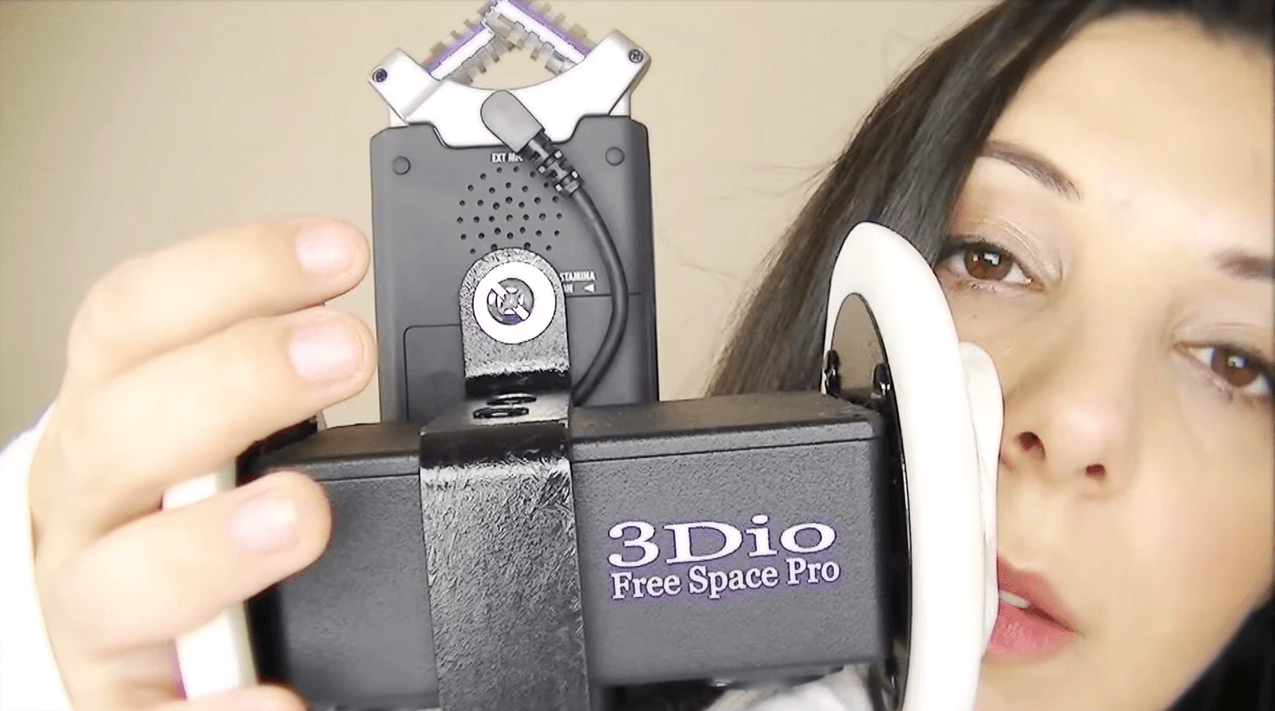
Ok, buckle up because this is a weird one. This part of my culture does not belong to my country of origin, nor to any other country. The ASMR community is a cultural artifact that could only have sprouted and flourished in the cyberspace.
Autonomous Sensory Meridian Response is the informal—yet science-y sounding—name given to an odd sensation. It is a tingly feeling that runs down your spine elicited by specific stimuli, and it can be pleasurable as well as relaxing. It appears that this is not a universal phenomenon, but who is affected or why is still a mystery. In any other period of history, this sensation would be reduced to an interesting factoid. But in the digital age, it became the epicenter of a worldwide community.
Around 10 years ago, forums and messageboards such as steadyhealth and Yahoo! became flooded with discussions about a peculiar tingle that some people feel. Prospective names for it were thrown around, and eventually ASMR stuck. Nothing major came out of these early days, but with a label, the community had something to cluster around. A few years later, Youtube experienced massive growth, and channels exclusively dedicated to ASMR began to establish themselves in the platform. “ASMRtists”, the content creators, probed around and experimented with which “triggers” consistently induced the tingles. Soon, there were countless Youtubers whispering into microphones and tapping on diverse objects, and the viewership accordingly became larger and larger. Presently, ASMR channels surpass a million subscribers, and some have as many as half a billion total views. People all around the world congregate to discuss their favorite ASMRtists and triggers on subreddits, dedicated blogs, and chans. The unprecedented popularity of the phenomenon caught the attention of major media outlets like Vox, Buzzfeed, and The Atlantic. Even scientists became interested in ASMR, and there is a burgeoning field of research attempting to discover what causes these odd tingles and whether they have therapeutic applications.
When someone says “culture”, “weird internet videos with people whispering” is not the first image that springs to mind. But culture is the only name that can be given to something that generates aesthetic content, media responses, commercial products, scientific research; and ultimately binds people together.
I have recently heard about this phenomenon on Instagram and I thought it was really funny. More and more people are posting about it and writing about it. It makes me think that this really does have a therapy component to it. Even my 12 year old brother talks about this, apparently this helps with sleep.
This was really interesting. I have heard of ASMR but it has never really affected me in the sense of making me feel relaxed but I really like how you defined that it basically doesn’t matter how you define culture or what should or should not be included in a culture because all that matters is that culture essentially brings people together, even the people don’t belong to the same culture or group.
Such an interesting take on what defines culture! Sometimes giving a name to something allows a community to form. I would not have thought about culture forming around a shared nervous system reaction. We are entering a new age with the proliferation of online communities in which culture can form with members who are not in the same vicinity or larger culture of each other. This would be a good avenue to explore.
Awashington41, Tibetian singing bowls can be a trigger and these are used in sound meditation. I have found that this calms me when my anxiety is high. I think that there is a great possibility in using this as a form of therapy.
Sidenote, I experience ASMR and did not know that there is a community of others. You might want to also check out vagus nerve stimulation as well. It’s very similar to this but the sensation is a bit different.
First off, awesome storytelling skills. The way that you started your post and introduced the topic was different and engaging to the audience.
Interesting enough, I’ve experienced these tingling sensations before and this morning driving to school it radiated throughout my entire body! The feeling was euphoric and it came about due to the internalizing of “acceptance” of all things and people. If this sensation is something anyone seeks, meditation and clear-minded focus will lead you there.
I find the topic of ASMR to be very interesting. A couple of months ago, I had no idea what this was or what it meant until I started seeing several YouTube videos including ASMR. I have found that it is very calming to watch and listen to and it does bring a lot of people together into the same group. My friend has a Tibetan singing bowls, mentioned above, and they give you a similar calming sensation. I like how you attributed ASMR to a culture because although it is not the first thing you would think of when you hear the word culture, it is still a group of people who share the same beliefs.